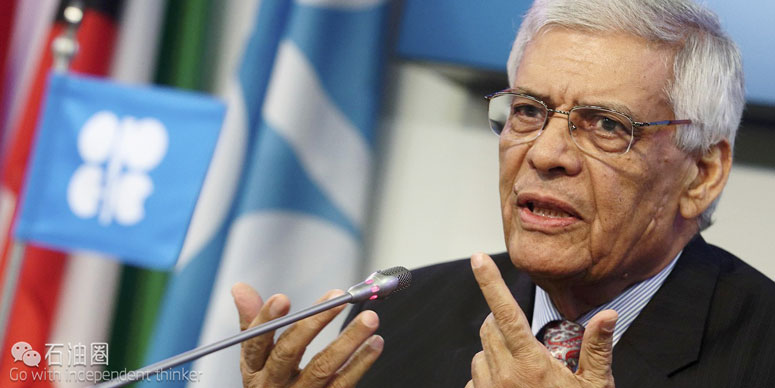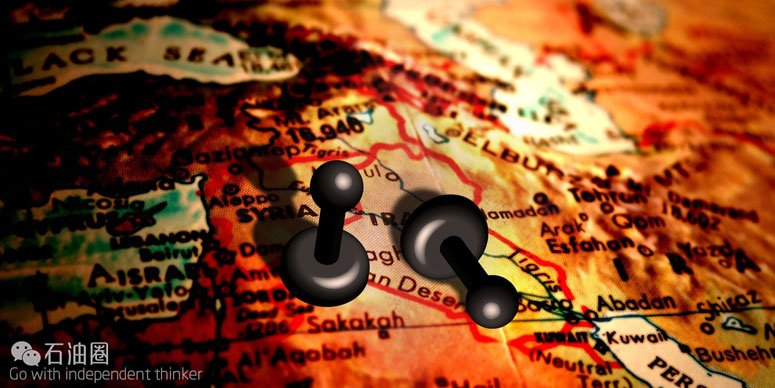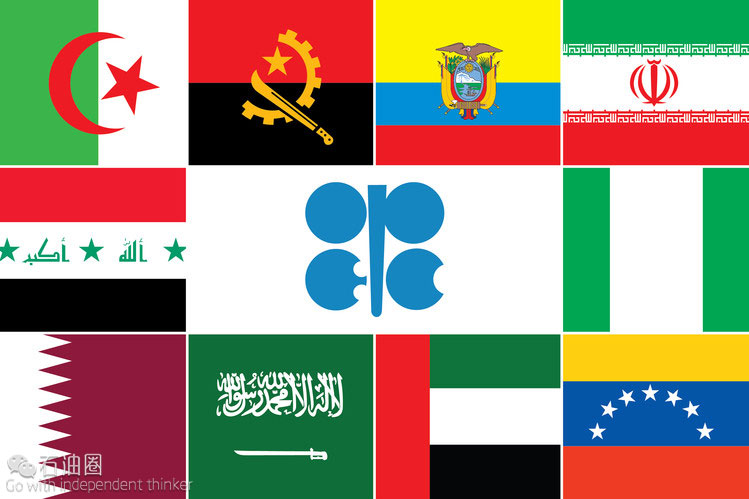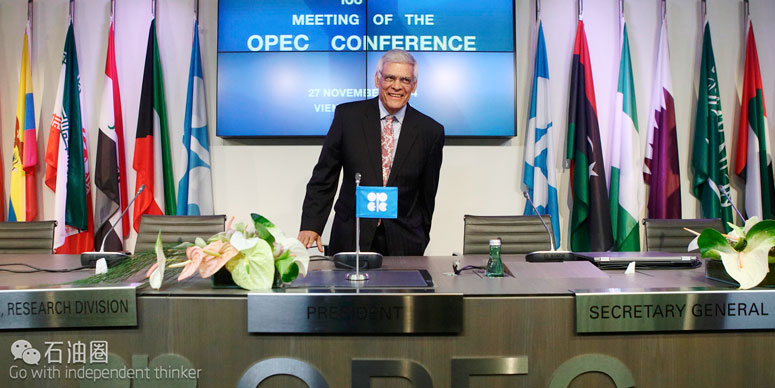When OPEC was established in Baghdad in 1960, there were some who predicted that the organization would not last long.
The main catalyst for OPEC’s birth came when a group of multi-national oil companies, the so-called seven sisters—who, at that time, were the dominant force in the oil market—unilaterally reduced the posted prices of the crude they supplied. These firms effectively controlled the quantity of oil extracted and decided how much was sold, to whom, and at what price.
So in 1960, five oil-producing countries—Iran, Iraq, Kuwait, Saudi Arabia and Venezuela—joined forces under the premise of cooperation, with a commitment to safeguard their legitimate national interests and to ensure order and stability in the international oil market. There was no glare of major publicity from the international media, just five developing nations setting about the business of defending their legitimate interests. Their indigenous resources were more than just a convenience for others, a concept that every nation around the world could appreciate.
This was followed by the development of the OPEC statute in 1961 that focused on the organization’s central objectives, namely to safeguard the interests of member countries and to ensure stability in crude oil markets. It emphasized that the organization seeks to achieve stable oil prices, “with a view to eliminating harmful and unnecessary fluctuations.” It also refers to the need to secure a steady income for producing nations, an efficient, economic and regular supply of petroleum to consuming nations, and a fair return for investors.
Various landmark declarations and statements have subsequently reaffirmed OPEC’s commitment to these original objectives, as well as adding new ones. These declarations and statements also reflect the fact that the organization has a broader vision than the oil market. This embraces, for example, key humanitarian issues, such as sustainable development, with the establishment of the OPEC Fund for International Development in 1976 for channeling aid to other developing nations.
From the perspective of the oil market, over the years OPEC has faced numerous challenges. For example, the supply glut and subsequent price crash of the mid-1980s, the impact of Middle East hostilities in the early 1990s, the Asian economic downturn of the of the late 1990s, and the global financial crisis and oil price crash in the second half of 2008.
Throughout all of these, OPEC continued to supply oil to its consumers. And, it has constantly strived to achieve a balanced market, although this has not always been easy to achieve. At times, returning stability to the market required a considerable amount of time.
CHANGING OIL MARKETS
Turning to the present, it is evident that today’s oil market is very different to the one that existed when OPEC was established in 1960, economically, politically, geographically and technically. Back in 1960, global crude oil productionwas just 21 MMbpd. Today, the world’s oil fields produce approximately 75 MMbpd. In addition, we also need to factor in the rise of other liquids, which currently add approximately 18 MMbpd. And, despite increasing production, the quantity of ultimate recoverable reserves has continued to rise.
Factor in a large influx of international/national producers, independents, service companies, traders, financiers and regulators, and it is evident that today’s global marketplace is significantly more complex and interlinked than ever before. Today, there are no administered oil prices and trading of commodities for currency are set by fundamental supply and demand, with different layers, physical, forward, futures and options. Market participants also have different interests, expectations and perceptions.
SHIFT IN OPEC’S ROLE
This growing interdependence has led OPEC to expand and advance avenues of dialogue and cooperation. The organization has long recognized the need to adopt a multilateral approach to addressing industry challenges, involving dialogue and cooperation with other influential parties.
Early breakthroughs in the producer-consumer dialogue were made in the 1990s, and have been further expanded during the last decade. This includes cooperation with the International Energy Agency, the International Energy Forum, the European Union, China and India. And dialogues with other producers have also developed, such as with Russia and other non-OPEC producers.
OPEC has come a long way since it was set up in 1960. It has had its shares of ups and downs, but has steadily gained stature since its inception. OPEC has helped provide a greater voice to developing countries and has overcome a diverse range of challenges, and in many respects, become a stronger, more global organization.
Finally, we believe OPEC is an important stakeholder in the energy community, sharing dialogues with an array of other organizations and countries. It will no doubt continue to be an important part of the industry in the years and decades to come.


 石油圈
石油圈



